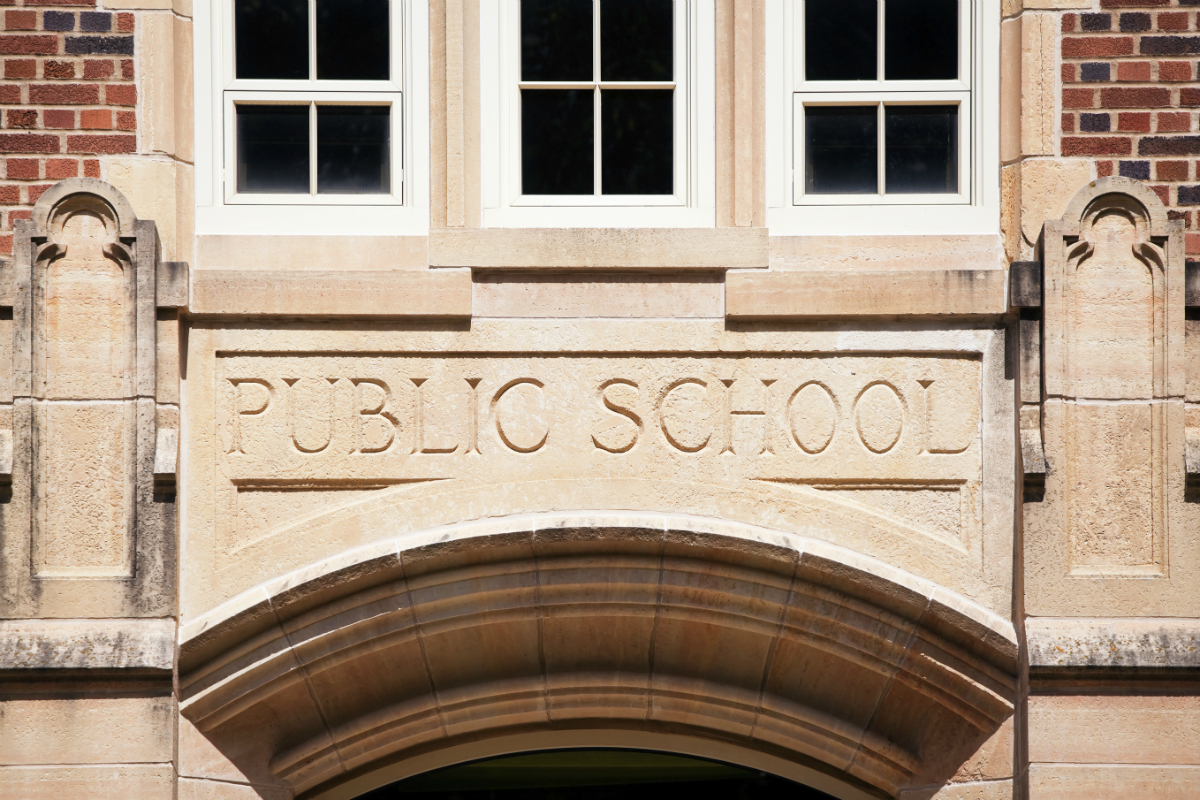Results of a new nationwide survey of district officials show an overwhelming call for additional education funding, as well as a far-reaching perception that neither the general public nor elected officials understand the need for more school spending.
Of more than 700 school and district leaders surveyed by the Education Week Research Center in August, close to 75 percent said the public does not have a good understanding of how money is distributed in their local school or district.
Some regions appear to fare better than others in raising public understanding of school spending. Thirty-one percent of Northeastern administrators said that people have a good understanding of how money is distributed in schools compared to just 18 percent of leaders in the West. Administrators in the South and Midwest reported results at 25 percent and 28 percent, respectively.
Persuading the public and elected officials to sufficiently fund schools is also a major challenge faced by administrators, but the significance of that perception differs when broken down by region and district size. Leaders from larger school districts were far more likely to say that persuading stakeholders to increase school funding is a major challenge. Fifty-eight percent of officials in districts with fewer than 2,500 students said it was a major challenge, compared to 71 percent of those in districts with an enrollment of at least 10,000 students.
Similarly, at 74 percent, Western education leaders are significantly more likely than their peers from other regions to report that drumming up public support for additional school funding is challenging. Only 54 percent of district officials in the Northeast reported this as a major challenge.
California voters show support for education funding
California is an example of a Western state in which the public generally supports increases in education funding and facilities. Historically, voters have supported schools by passing 84 percent of school bonds and 56 percent of parcel taxes, both of which require a 55 percent majority. In 2018, voters passed school construction bond measures in 89 of 112 K-12 and community college districts.
Recent Public Policy Institute of California polling shows that 62 percent of adults and 56 percent of likely voters would support the CSBA-led Full and Fair FundingSM initiative that, if placed on the November 2020 ballot, would raise an additional $15 billion annually for K-12 schools and community colleges by increasing the state income tax on businesses and individuals earning more than $1 million.
The state also requires that local educational agencies work with stakeholders, including families, to develop Local Control and Accountability Plans that detail how they will use funding to improve student outcomes. The process is meant to ensure that the public has at least some understanding of how money is distributed in their local schools.
In line with the Education Week Research Center report, however, the argument could be made that California state lawmakers, like in other Western states, are difficult to convince that more money should be spent on students. Despite lawmakers passing a 2019–20 budget that provided about $3.5 billion beyond the amount required by Proposition 98, California still ranks 38th nationwide in per-pupil funding. The average state invests almost $2,500 more per student than California and the top 10 states spend $7,000 more per student.
Other poll results show:
- Nearly every administrator said per-pupil expenses are rising in their school district;
- Special education is having an especially large impact on smaller, rural district budgets;
- Respondents said they most need additional funding for increasing teacher salaries, building and maintaining facilities, staffing school counselors and psychologists, supporting social-emotional learning and covering the costs of special education; and
- Most officials reported their districts are prepared for the next economic downtown but just 3 percent said they’re completely prepared.





